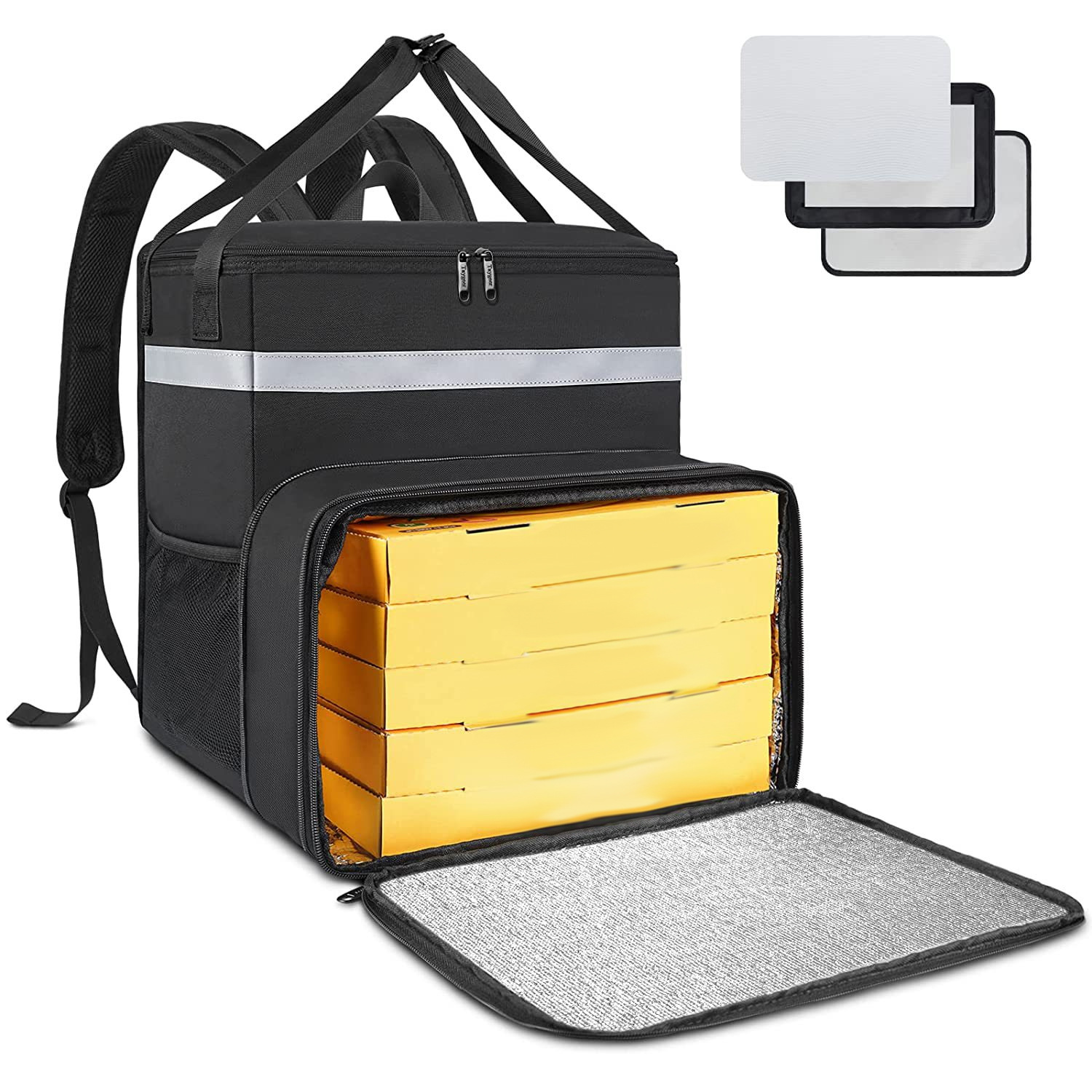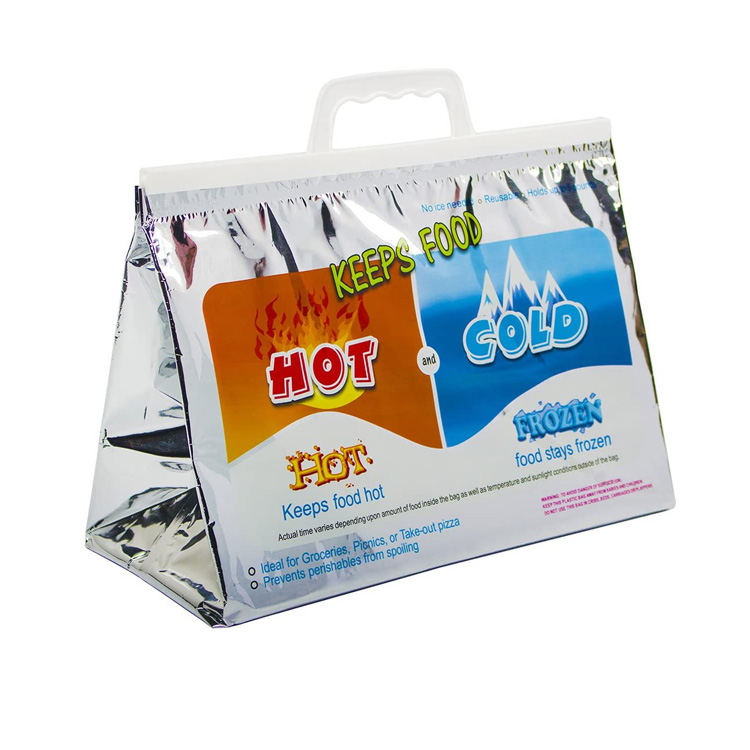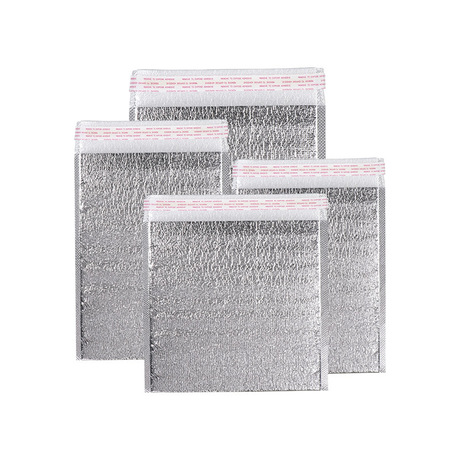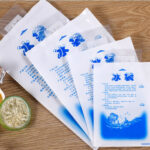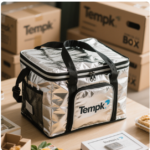The presence of pollution in ice packs mainly depends on their materials and usage. In some cases, if the material or manufacturing process of the ice pack does not meet food safety standards, there may indeed be contamination issues. Here are some key considerations:
1. Chemical composition:
-Some low-quality ice packs may contain harmful chemicals such as benzene and phthalates (a commonly used plasticizer), which can pose a health hazard. These chemicals may seep into food during use, especially in high temperature environments.
2. Damage and leakage:
-If the ice bag is damaged or leaked during use, the gel or liquid inside may come into contact with food or drinks. Although most ice bag fillers are non-toxic (such as polymer gel or saline solution), direct contact is still not recommended.

3. Product certification:
-When choosing an ice pack, check for food safety certification, such as FDA approval. These certifications indicate that the material of the ice pack is safe and suitable for contact with food.
4. Correct use and storage:
-Ensure the cleanliness of ice packs before and after use, and store them properly. Avoid coexisting with sharp objects to prevent damage.
-When using an ice pack, it is best to place it in a waterproof bag or wrap it with a towel to avoid direct contact with food.
5. Environmental issues:
-Considering environmental protection, reusable ice packs can be chosen, and attention should be paid to the recycling and disposal methods of ice packs to reduce environmental pollution.
In short, choosing high-quality and appropriately certified ice packs, and using and storing them correctly, can minimize the risk of pollution. If there are special safety concerns, you can have a detailed understanding of product materials and user reviews before purchasing.
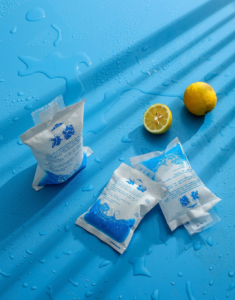
The main components of refrigerated ice packs
Refrigerated ice packs are typically composed of several key materials aimed at providing good insulation and sufficient durability. The main materials include:
1. Outer layer material:
-Nylon: Lightweight and durable, commonly used on the outer layer of high-quality ice packs. Nylon has good wear resistance and tear resistance.
-Polyester: Another commonly used outer layer material, slightly cheaper than nylon, and also has good durability and tear resistance.
-Vinyl: Suitable for applications that require waterproofing or easy to clean surfaces.
2. Insulation material:
-Polyurethane foam: it is a very common insulating material, and is widely used in refrigerated ice bags due to its excellent thermal insulation performance and lightweight characteristics.
-Polystyrene (EPS) foam: also known as styrofoam, this material is commonly used in portable cold boxes and some one-time cold storage solutions.
3. Inner lining material:
-Aluminum foil or metallized film: commonly used as lining material to help reflect heat and maintain internal temperature.
-Food grade PEVA (polyethylene vinyl acetate): A non-toxic plastic material commonly used for the inner layer of ice bags in direct contact with food, and is more popular because it does not contain PVC.

4. Filler:
-Gel bag: bag containing special gel, which can keep cooling effect for a long time after freezing. Gel is usually made by mixing water and polymer (such as polyacrylamide), sometimes preservative and antifreeze are added to improve performance.
-Salt water or other solutions: Some simpler ice packs may only contain salt water, which has a freezing point lower than pure water and can provide longer cooling time during refrigeration.
When choosing a suitable refrigerated ice bag, you should consider whether its material meets your specific needs, especially whether it requires food safety certification, and whether the ice bag needs frequent cleaning or use in specific environments.
The main components of frozen ice packs
A frozen ice pack typically consists of the following main components, each with specific functions to ensure that the frozen ice pack effectively maintains low temperatures:
1. Outer layer material:
-Nylon: Nylon is a durable, waterproof, and lightweight material suitable for frozen ice bags that require frequent movement or outdoor use.
-Polyester: Polyester is another common durable material commonly used for the outer shell of frozen ice bags, with good strength and wear resistance.
2. Insulation layer:
-Polyurethane foam: It is a very effective insulating material, and is widely used in frozen ice bags due to its excellent heat retention ability.
-Polystyrene (EPS) foam: also known as styrene foam, this lightweight material is also commonly used in refrigeration and frozen products, especially in one-time refrigeration solutions.
3. Inner lining:
-Aluminum foil or metallized film: These materials are commonly used as linings to help reflect heat energy and enhance insulation effects.
-Food grade PEVA: This is a non-toxic plastic material commonly used for the inner layer of ice packs, ensuring safe contact with food.
4. Filler:
-Gel: The commonly used filler for frozen ice bags is gel, which usually contains water, polymers (such as polyacrylamide) and a small amount of additives (such as preservatives and antifreeze). These gel can absorb a lot of heat and slowly release the cooling effect after freezing.
-Salt water solution: In some simple ice packs, salt water may be used as a coolant because the freezing point of salt water is lower than that of pure water, providing a more long-lasting cooling effect.
When choosing frozen ice packs, it is important to ensure that the selected product materials are safe, environmentally friendly, and can meet your specific needs, such as food preservation or medical purposes. Meanwhile, consider the size and shape of the ice packs to ensure they are suitable for your container or storage space.







